On the microphone: How Melbourne radio first switched on
MELBOURNE’S radio stations have a funky crop of modern names, but most stations go back many decades. 3AW broadcaster and radio historian Simon Owens explains how our favourite stations switched on.
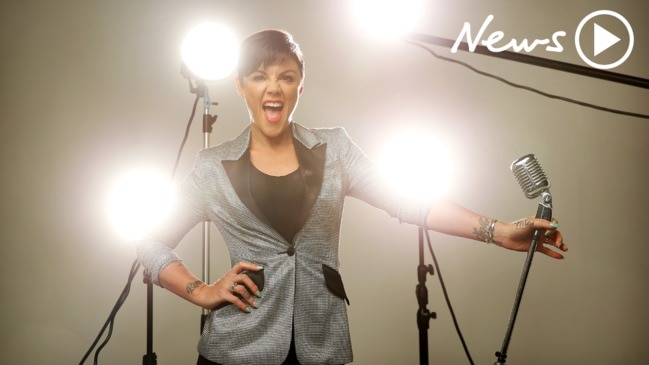
VIC News
Don't miss out on the headlines from VIC News. Followed categories will be added to My News.
MELBOURNE is famous for its four seasons in one day, and our radio stations seem to change names and formats almost as often.
Simon Owens, a 3AW broadcaster and the station’s official historian, says the origins of some modern Melbourne radio stations go back as far as the 1920s.
Talk radio station 3AW is the only one of Melbourne’s “original” pre-World War II radio stations that has kept its first call sign. Simon Owens says the station first went to air in 1932.
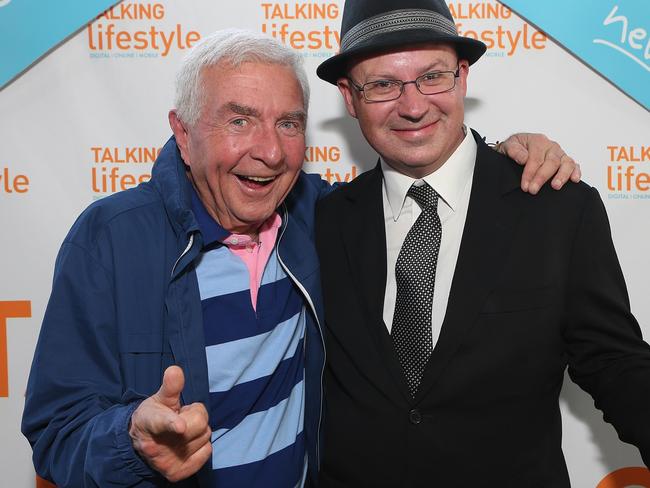
“It started in the foyer at His Majesty’s Theatre (now Her Majesty’s) in 1932, but it was only there for a couple of years. There was a fire, then we had to move
temporarily across the road … and a couple of years after we moved to Latrobe Street, where the bulk of the station’s history was spent until 1990,” he says.
Norman Banks was a pioneer of talk radio on 3AW, even though broadcast regulations initially prevented callers going on air.
“It was a very different sound. He did a program called I’m On Your Side, and you could only hear Norman’s side of the conversation. He would repeat what the caller said,” Owens says.
“It would be, ‘So you’re having problems with your neighbour’s dog?’, then a pause, then, ‘He’s trying to get through the fence?’. It was this one-sided conversation.”
By 1967 restrictions were relaxed, but the station was required to phone back callers to verify they were genuine.
“That continued until Derryn Hinch was at 3AW in the ‘80s, and he said ‘Stuff it, I’m going to put them straight to air. Nobody’s going to prosecute us.”
SEN LINE-UP CHANGE YET TO WIN OVER LISTENERS
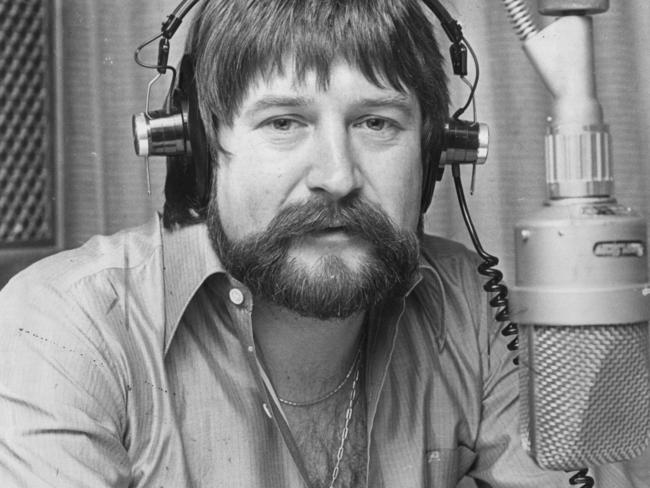
Owens rates Hinch, Banks, Geoff Manion, Cliff “Nicky” Whitta and the James family — announcer Peter James, present AW broadcaster Darren and his son Michael, a former AW producer — as among his 3AW personalities.
Macquarie Sports Radio 1278 goes back to 3XY, which began broadcasting in 1935, with early programming was provided by Efftee Broadcasters, a division of Frank Thring Sr’s movie venture Efftee Studios.
The station was a ratings cellar-dweller before its halcyon days as the home of Melbourne rock music in the 1970s and ‘80s, before FM overtook it.
3XY closed in 1991 and, under new ownership, relaunched in 1992 as 3EE — The Breeze on 693 AM.
“That fumbled along and did no business, so they dropped the 3EE name. It was owned by the same company that owned 3MP at the time. They axed everyone and simulcast 3MP on 693. The government stopped that, so they set up Magic 693 in 1994.”
Magic, a golden oldies station, later became part of the Fairfax Radio network along with 3AW, swapping frequencies with 3AW and going to 1278 AM.
The failed Talking Lifestyle advertorial format was introduced in 2017. Macquarie Sports Radio replaced it this year.
Meanwhile, 3XY still exists on XY’s old 1422 AM frequency as all-Greek Radio Hellas.
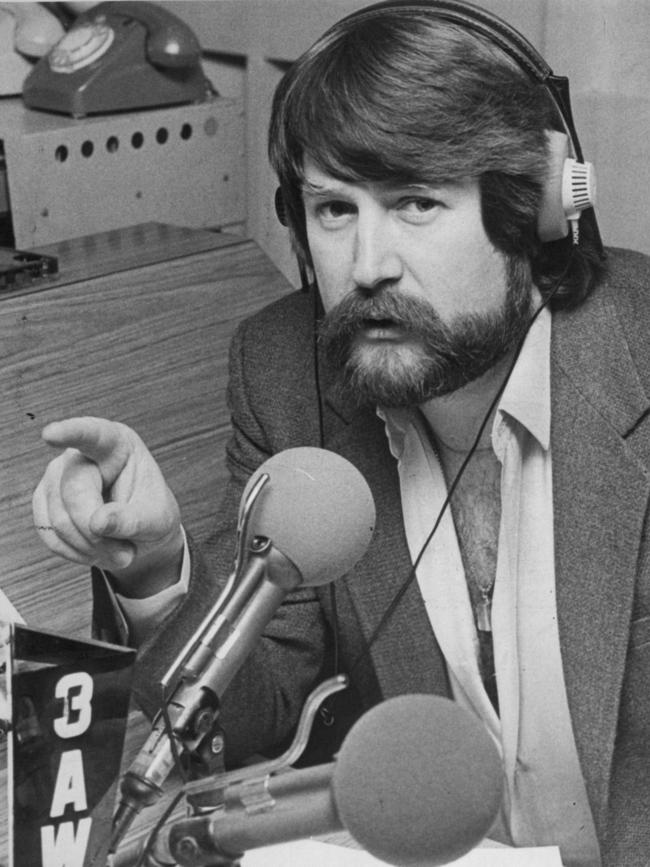
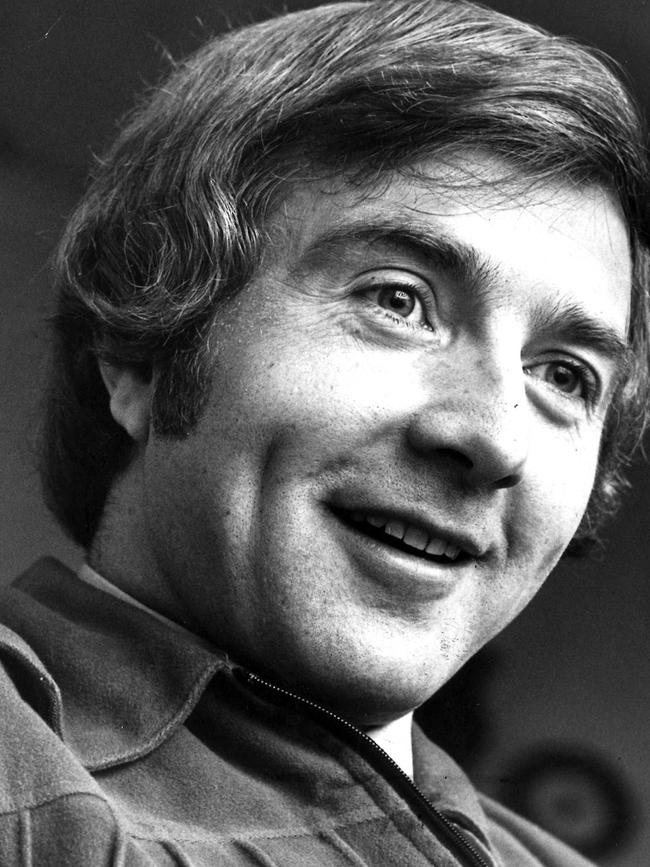
SEN is Macquarie’s more established sports format rival, rose from the ashes of 3AK, a radio station that was established by George Palmer, father of businessman Clive Palmer, in 1931.
But until the 1950s it was permitted to run only at night and limited weekend shifts.
When Sir Frank Packer bought the station in 1961 and his GTV-9 stars including Bert Newton, Graham Kennedy, Tommy Hanlon Jr, Eric Pearce, and Philip Brady (Simon Owens’ on-air partner on 3AW’s Nightline) were regular presenters, improving AK’s fortunes.
Under the slogans “The Good Guys” and “Where No Wrinklies Fly”, 3AK went with top 40 music from the mid-‘60s into the ‘70s, when it switched abruptly to its easy-listening Beautiful Music format.
“It had huge names and it had its share of successes over the years, but towards the end, people made decisions. They were doing Beautiful Music for a while and it was chugging along nicely and then someone decided, ‘No, we’re not going to do Beautiful Music anymore’, and the audience switched off.”
Then came the ill-fated CBC network in 1986, in which 3AK and Sydney’s 2UE simulcast most shifts and featured big media stars. Melbourne audiences rejected CBC, Owens says.
“They thought they could wave a magic wand and things would happen for them but CBC was a disaster. You had Don Lane in Sydney saying, ‘Hey, it’s a beautiful day looking out over the harbour’, and down hear it was pouring rain.”
The station switched between music and talk several times between 1986 and 2002, and between 1990 and 1994 was broadcast in Italian.
The Sports Entertainment Network took over in 2004.
Gold 104.3 began in 1930 as 3KZ, broadcasting for many years from Trades Hall in Carlton.
WHO’S MOVED WHERE ON RADIO IN 2018
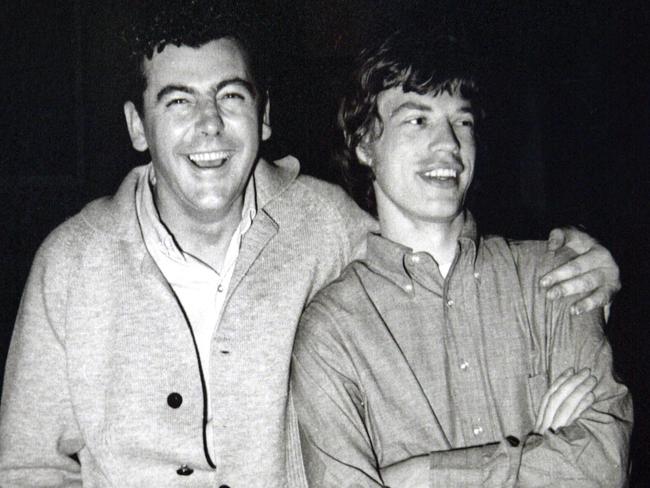
It was the first platform for rock and roll music in Melbourne, when DJ Stan “The Man” Rofe introduced it in 1956. “He was a ‘make-or-break’ DJ. If he played your record and he liked it, you’d be successful,” Owens says.
Norman Banks was an early 3KZ announcer, along with Owens’ late radio mate, Bruce Mansfield.
For many years, 3KZ was the home of football callers ‘The Captain and the Major’, Ian Major and Jack Dyer. The station released LPs of the pair’s grand final calls.
“KZ was hard to beat in the 1980s. You had Peter and Liz (Peter Meehan and Liz Sullivan) up against Blackers and Unca (John Blackman and Bruce Mansfield as Uncle Roy) on AW at breakfast, and it was a pretty tight fight,” Owens says.
3KZ switched to FM and rebranded as KZFM in 1990, later relaunching as Gold.
KIIS 101.1 was also one of Melbourne’s pioneering stations, starting life as 3DB in 1927.
It was owned by the Druleigh Business College before it was purchased by the Herald and Weekly Times in 1929.
Radio serial Dad and Dave was first aired on 3DB in 1937 along with many radio plays produced by Crawford Productions and C and G’s Minstrels, a Thursday evening institution for three decades until the early ‘60s.
A who’s who of Melbourne media served at top-rating 3DB over the years including Stan Rofe, Ernie Sigley, Bert Newton, Sir Eric Pearce, Brian Naylor, Graham Kennedy, Ric Melbourne, Bill Collins, Ron Casey, Keith McGowan, Doug Aiton, John Deeks, Danny Webb, Pat Jarrett, John Vertigan, Brian Martin, Lou Richards, Barry Jones, David Johnston, Michael Schildberger and Mal Walden.
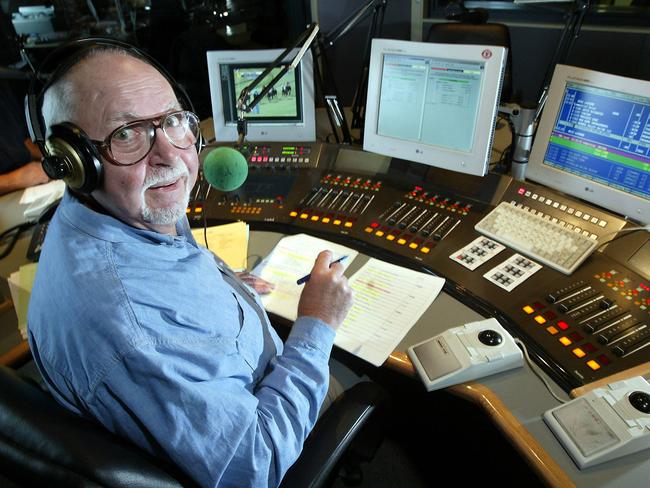
In 1967, it pioneered the talkback format Melburnians know today. By 1975, it switched to music, then went to a top 40 format in 1980, a classic hits format the following year, and big personality talk in 1986, led by Bert Newton. Racing was broadcast solely on 3DB from 1983-87.
“It went through some really terrible times. Melbourne audiences don’t particularly like change. If they latch onto something, they stick with it, so if you keep changing, you’re inviting people to switch off. If you make a change, it had better be a good one and you’d better give it a long time to bed in,” Owens says.
It was renamed 3TT in 1988, switched to FM as TTFM in 1990, then MIX followed in 2001 before KIIS 101.1 in 2015.
Classic Rock Radio opened as 3MP in July 1976 with a music mixed pitched to people aged 25 to 39.
That format remained until 3AK dropped its Beautiful Music format in favour of its Sydney-Melbourne talk format, and 3MP opted for easy listening music.
By 1992, 3MP was owned by AWA, which purchased 3XY’s old licence and rebranded the station 3EE — The Breeze, then sold it to another company, Wesgo.
Southern Cross Broadcasting later bought 3MP and 3EE alongside its ownership of 3AW and 3AK, but soon sold 3MP and 3AK, turning 3EE into Magic 693.
3MP remained a low-rated music station until 2010, when MTR (Melbourne Talk Radio) was launched with Steve Price and Steve Vizard among the hosts.
Against 3AW and 3LO, it failed miserably.
“When MTR launched in 2010, they made no impact at all. Rather than admit that they couldn’t crack the loyalty factor from AW’s audience, they blamed the frequency. They said: ‘There’s too much interference, we can’t be heard in the city, we’ve got no chance of winning because people can’t hear us’, to which Keith McGowan (then at 3AW) said, ‘I was number one on that frequency (at 3MP) not that long ago’,” Owens says.
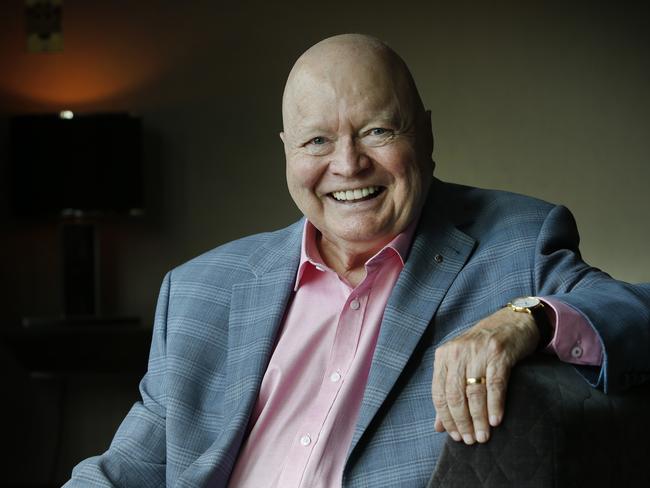
3MP changed formats several times after MTR’s collapse in 2012 before settling on Classic Rock Radio in 2016.
RSN Racing and Sport is owned by the thoroughbred, harness and greyhound racing bodies of Victoria but it had a long association with racing through its predecessor, 3UZ.
Known as The Greater 3UZ for much of its life, 3UZ opened in March 1924 and was Melbourne’s first commercial radio station.
It produced a familiar blend of music, radio plays and special interest programs before adopting a pop/rock format led by Stan Rofe in the early ‘60s.
Graham Kennedy started as the record boy on 3UZ for “Nicky” Whitta, who became Kennedy’s mentor. The team was wildly popular. Whitta died suddenly in September 1956, and Kennedy switched to TV the following year.
Other hosts included Don Lunn, Ken Sparkes, Bert Newton, Don Lane, Happy Hammond, Shawn Cosgrove, John McMahon and John Vertigan.
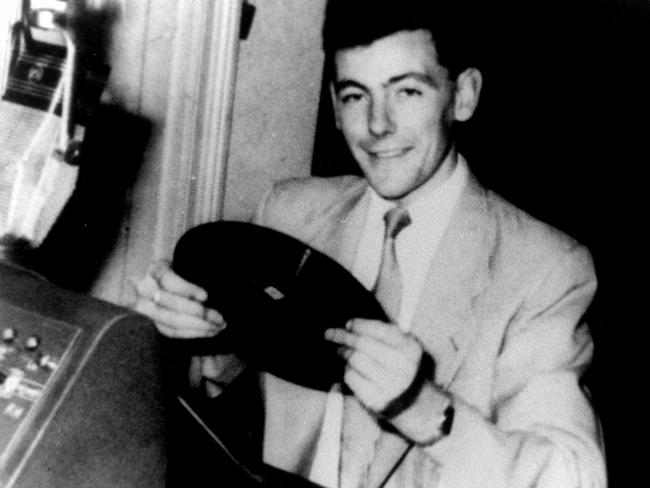
“Don Lunn and Stan Rofe were huge. They were just megastars. None finer” Owens says. “And John Vertigan single-handedly ran the place, co-ordinating on-air programs with crossing to the races. Everybody who worked with him says they don’t know how he did it but it just seemed effortless.”
In the 1980s, 3UZ hit the doldrums. Its racing coverage returned in 1988 after a four-year absence under the ownership of the racing industry. It went country around 1990 for a time before becoming Sport 927 in 1996 and RSN Racing and Sport in 2011.
ABC Melbourne and Radio National weren’t always publicly owned.
Radio National began in Melbourne in January 1924 as 3AR, Melbourne’s first radio station, owned by the Associated Radio Company of Australia.
3LO followed in October 1924, named after a London radio station known as 2LO, and was owned by the Broadcasting Company of Australia, a consortium that included Farmer and Company, Buckley and Nunn (the department store), the Herald and Weekly Times and theatrical entrepreneurs J. and N. Tait.
The government took control of 3AR in 1928. That same year, the Australian Broadcasting Company, a private Sydney firm, bought 3LO, The ABC took charge at 3LO in 1932.
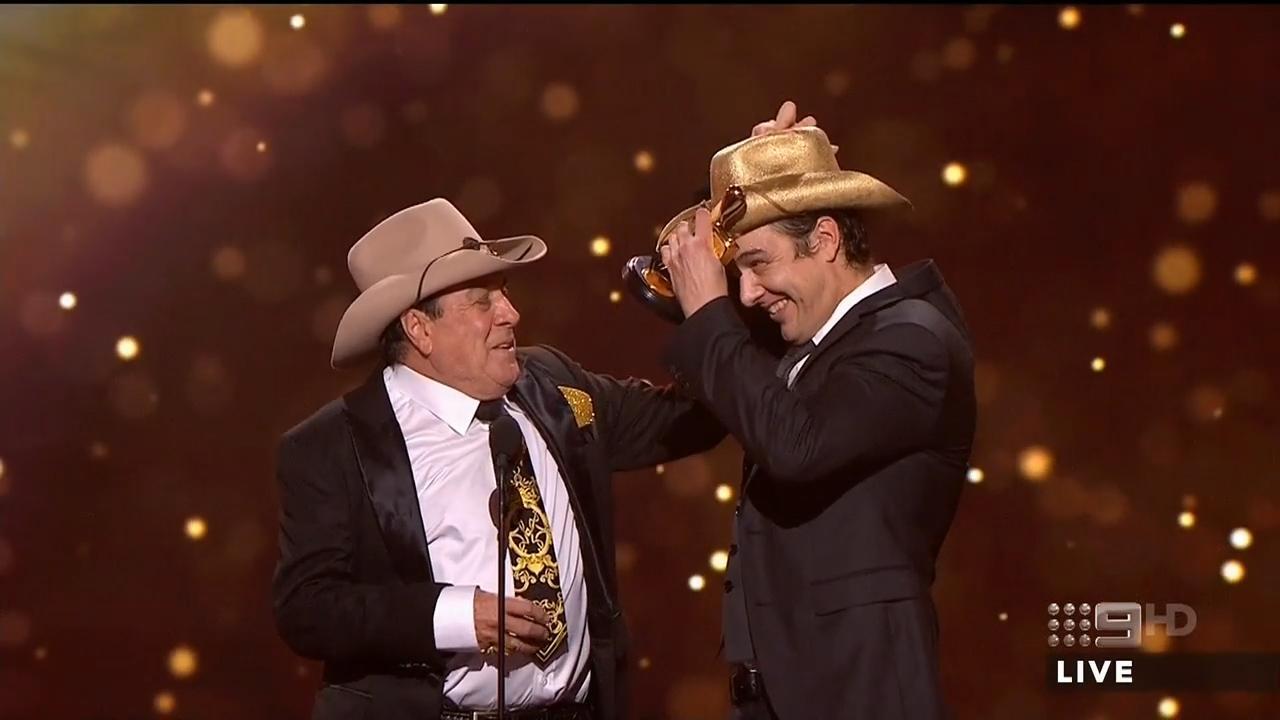
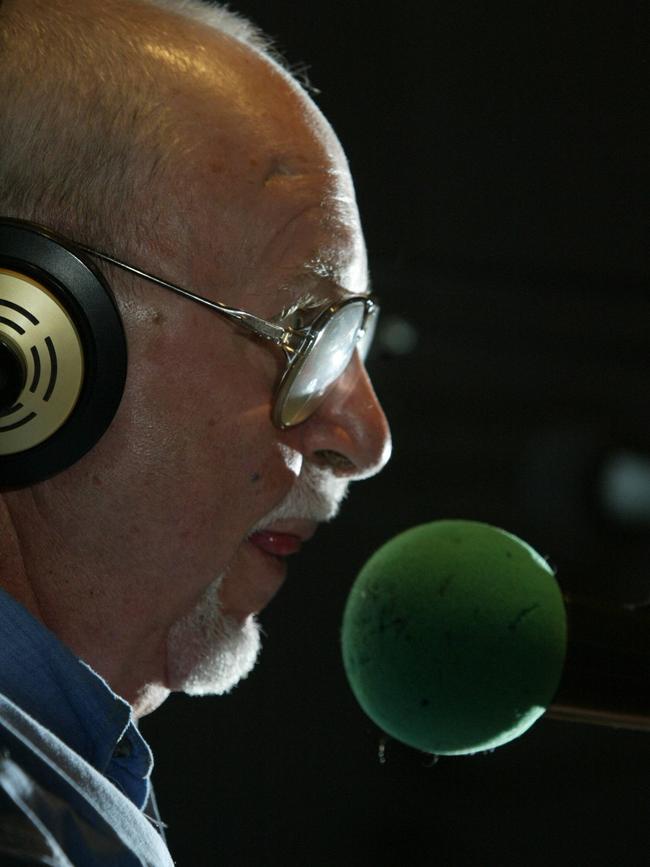
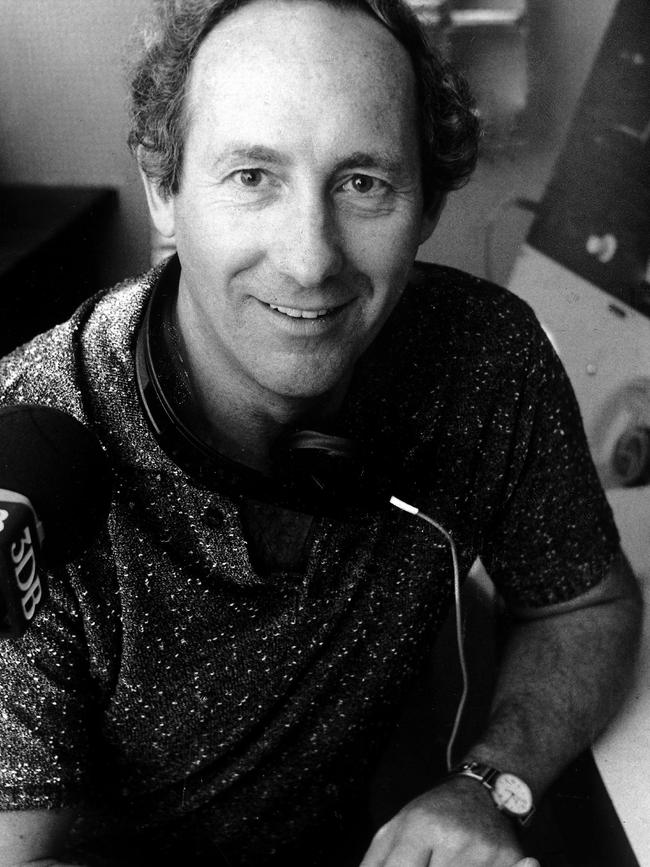
JOHNNY-COME-LATELYS
Triple M started as EON FM in July 1980 and was Australia’s first commercial FM station. It launched just weeks ahead of rival FOX FM.
Under program director Lee Simon and music programmer Billy Pinnell, the station morphed within months from playing album tracks into a conventional rock station. Gavin Wood was the breakfast host.
“Molly Meldrum would come in on Tuesdays and Thursdays, and one of my favourite childhood memories was a radio serial they did, a parody of Batman and Robin,” Owens says.
Other announcers included Craig Huggins, Mark Irvine, John Peters, Karl Van Est, John Hood, Trish Mulholland, Andy Grace, Kevin Hillier, Peter O’Callaghan, Kent Forbes and the D-Generation team.
Hoyts bought EON in 1986, rebranding it as Triple M in November 1988.
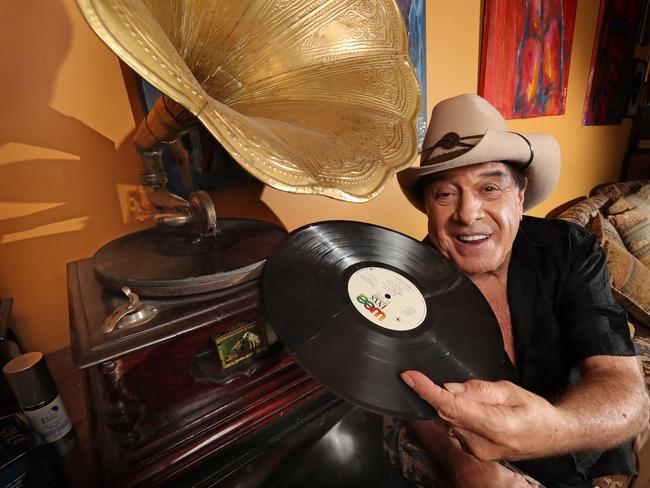
FOX FM launched on August 1, 1980, with an easy listening adult contemporary format that initially was not a hit with listeners. By 1982, it adopted a pop/rock sound that brought ratings success by the mid-80s. Since the ‘90s, it has embraced a top 40/dance format.
Nova was launched by owners DMG Australia in December 2001, and was an instant hit. “They were probably the most successful launching stations we ever had in Melbourne.
They made it to number one on their second survey with that whole thing that they’ll never play two ads in a row,” Owens says.
Smooth, Nova’s easy listening sister station, rates well but had a rough start as Vega, a talk and music hybrid, in 2005.
“Vega was very disappointing. There doesn’t have to be a divide between talk and music, but Vega was a disaster.
‘We’re hard-hitting. We’re talking to the prime minister today’, followed by three or four music tracks,” Owens says.
Vega became Classic Rock in 2010, without success. In 2011, the station became Melbourne’s 91.5 until Smooth began in 2012.
MORE FROM JAMIE DUNCAN
AUSTRALIA’S GREATEST TV GAME SHOWS
OLD FOOTY SHOWS WE LOVED AND LOST


